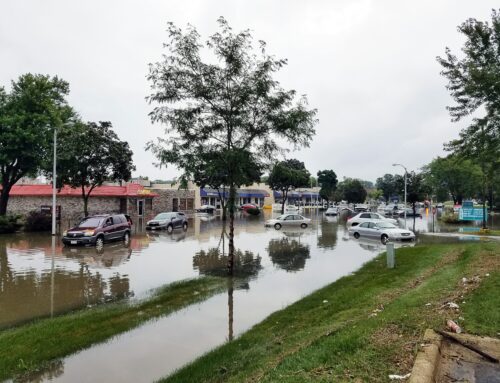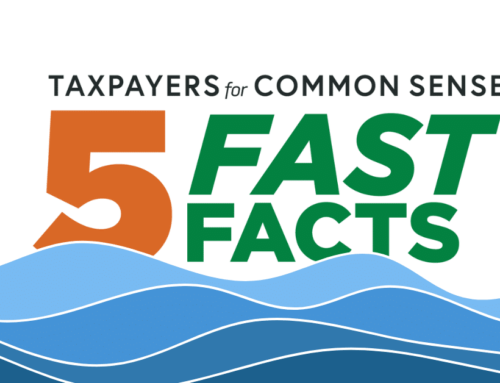Our nation's crumbling roads face more gridlock than we see in Congress on a bad day. In response, federal lawmakers have stuffed the transportation bill with record levels of highway spending for the states. Federal money may actually do very little to solve these problems unless incentives are eliminated that encourage states to spend less of their own money on highways.
Since the early 1990's, when new transportation legislation resulted in massive federal highway spending increases, the rate of growth of state and local highway spending has slowed dramatically. It is now to the point where state and local investment actually decreased by 4 percent during the period from 1998 to 2002, while federal spending increased by 40 percent.
This trend indicates that solving the nation's congestion by throwing more federal money at the problem may not be a 'silver bullet' solution. According to a new report by the Government Accountability Office (GAO), Congress has increased the share of gasoline tax revenue returned to the states, but failed to take the necessary steps to ensure that the states do not use the funds for non-highway purposes. As a result, the report estimates that for every dollar increase in federal highway spending, state and local governments reduce their own highway spending by an average of 50 cents.
The intent of national transportation law was to use federal investments to stimulate state and local spending. In other words, create a larger pie. To help bake the larger pie, state and local governments provide 20 percent of the cost for highway projects, and federal funds make up the difference. As it now stands, state and local funds actually make up 50 percent or more of total highway spending. Therefore, local spending can dramatically decrease while still fulfilling the requirements of current law.
One solution that would help slow the transfer of state and local funds away from highways is to change the current 80/20 cost sharing requirement to more accurately reflect how dollars are being spent today. The current landscape is vastly different than what Congress anticipated in the 1991 transportation bill, suggesting that the cost share requirement needs updating. In addition to more accurately reflecting current spending, a 50/50 cost share would also have a number of potentially positive effects. For one, additional federal dollars would have the intended consequence of spurring additional local investment, stopping the disinvestment in highways on the part of state and local governments. Overall federal highway spending could decrease without negatively impacting overall highway spending.
In addition, asking state and local citizens to pay a larger share of a project's cost better guarantees that only the most important and necessary projects are built. If a project is next to free, the decision to build it is easy, but if you have to pay more out of your own pocket, you are more likely to build only what is absolutely necessary.
Finally, reducing the federal share allowed on highway projects would increase equity between highways and transit, which currently receive less than 50 percent of funding from federal sources.
Record federal deficits will cause fierce competition as programs and priorities scramble for a shrinking pot of available federal dollars. In fact, disagreement between the House and Senate over appropriate funding levels has left reauthorization of the transportation bill in limbo. In addition, the acknowledgement that new sources of funding will be needed in the future has stirred public discussion of increased gas taxes, additional user fees, and other ways to increase revenue.
If state and local governments are reducing what they spend on state transportation needs when they receive increased federal funding we are missing out on a potential source of revenue. At the very least, Congress must find a way to stop this bleeding of funds if the highway and transportation program in this country is going to continue to grow and prosper.











Get Social